Venini—the world famous Italian glass company—traces it roots to 1921, when Paolo Venini (1895-1959), a Milan lawyer with glassmaking ancestors, and Giacomo Cappellin (1887-1968), a Venetian antiques dealer, launched the Cappellin Venini & C. glass factory on the island of Murano. Under the art direction of Vittorio Zecchin, Cappellin and Venini’s business produced high quality, Renaissance-style goblets, pitchers, and vases.
In 1925, following a dispute with Zecchin, Cappellin and Venini split their business in two. Venini’s business took the name Vetri Soffiati Muranesi Venini & C., along with a new, visionary art director, Napoleone Martinuzzi. Venini soon became synonymous with flamboyantly hued art glass and glass lighting at the cutting edge of contemporary aesthetics.
From 1927 to 1932, Venini explored a series of new, techniques—like pasta vitrea (opaque glass), vetro incamiciato (layered glass), and vetro pulegoso (bubble glass)—which engendered particularly experimental forms for the time. Venini’s reputation for innovation grew through exhibitions at national fairs, like the Venice Biennale, Monza, and eventually the Triennale di Milano. Around this time, Venini went into to partnership with Gio Ponti, Pietro Chiesa, Emilio Lancia, Michele Marelli, Tomaso Buzzi, and Carlo Visconti di Modrone to form Il Labirinto, an association for the promotion of modern design.
In 1932, Martinuzzi decided to dedicate himself to sculpture, and Venini’s artistic directorship went to architects Tomaso Buzzi and Carlo Scarpa. The modernist vision they brought to Venini represented an exciting, modernist turn for the company. Scarpa was particularly interested in capturing and amplifying light’s interaction with glass and was instrumental in developing new techniques like battuto (beaten glass), tessuto (glass with lines), granulare (glass with small globules), and murina (patterned glass made from rods).
Following World War II, Venini continued to produce glass in a modern idiom, frequently in collaboration with important midcentury designers and architects—not only Carlo Scarpa and Gio Ponti, but also BBPR,Fulvio Bianconi, Roberto Menghi, Tobia Scarpa, Massimo Vignelli, and Tapio Wirkkala.
When Paolo Venini passed away in 1959, his company passed to his son-in-law, Ludovico Diaz De Santillan. In the 1970s, Ludovico’s daughter, Laura, managed the company, until the Gardini and Ferruzzi families acquired it in the mid-1980s. Through the end of the 20th century, Venini continued to work with outstanding design talents, including Gae Aulenti,Mario Bellini, Alessandro Mendini, Timo Sarpaneva, and Ettore Sottsass.
In 2001, Venini was acquired by Italian Luxury Industries. In the 21st century, the company has commissioned designs from the likes of Tadao Ando, Atelier Biagetti, Atelier Oï, Barber Osgerby, the Bouroullec brothers, the Campana brothers, Gaetano Pesce, Matteo Thun, and Studio Job. In 2011, Venini celebrated its 90th anniversary with a travelling exhibition that visited the Glass Museum of Murano, Palazzo Grassi and Punta della Dogana in Venice, the Shanghai Museum of Glass, and the Bagatti Valsecchi Museum in Milan. The first exhibition dedicated to the glass produced by Carlo Scarpa for Venini was a critical and popular success in 2013-14 when it showed at Le Stanze del Vetro in Venice and The Metropolitan Museum of Art in New York. Venini glass can be found in the permanent collections of the Louvre, V&A, MoMA, and more.
* Images courtesy of Venini
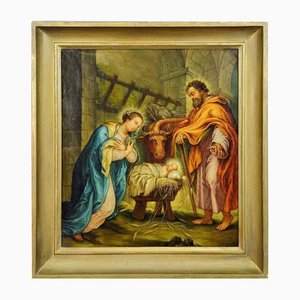

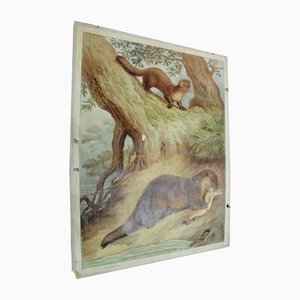
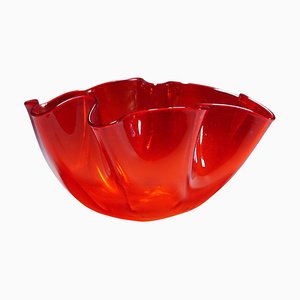
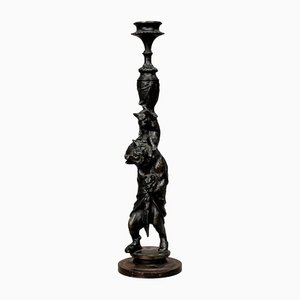


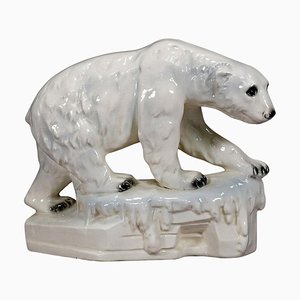
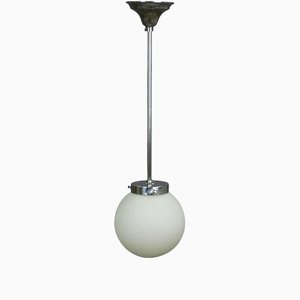
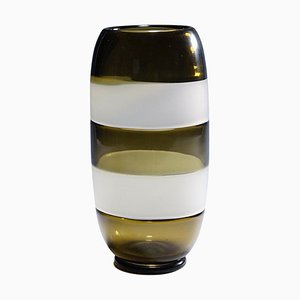
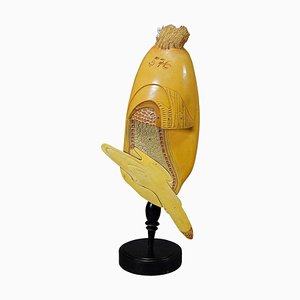
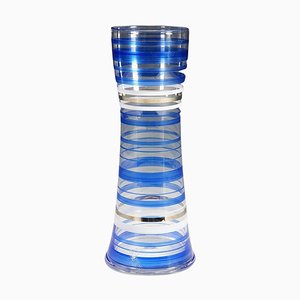
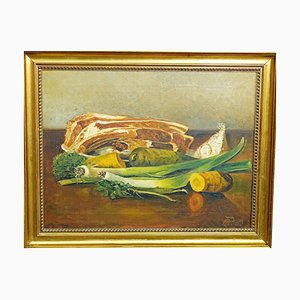

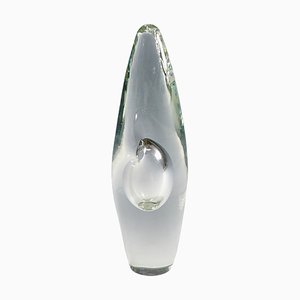
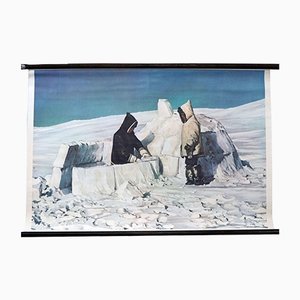


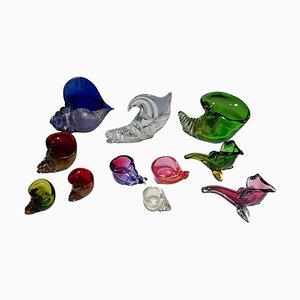

Contacta con nosotros
Haz una oferta
¡Hemos notado que eres nuevo en Pamono!
Por favor, acepta los Términos y condiciones y nuestra Política de privacidad
Contacta con nosotros
Haz una oferta
¡Ya casi está!
Para seguir la conversación en la plataforma, por favor completa el registro. Para proceder con tu oferta en la plataforma, por favor completa el registro.Exitoso
Gracias por tu consulta, alguien de nuestro equipo se pondrá en contacto contigo en breve.
Si eres profesional del diseño, por favor solicita aquí los beneficios del Programa comercial de Pamono